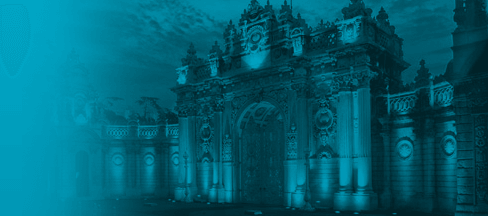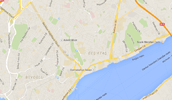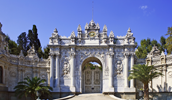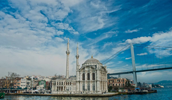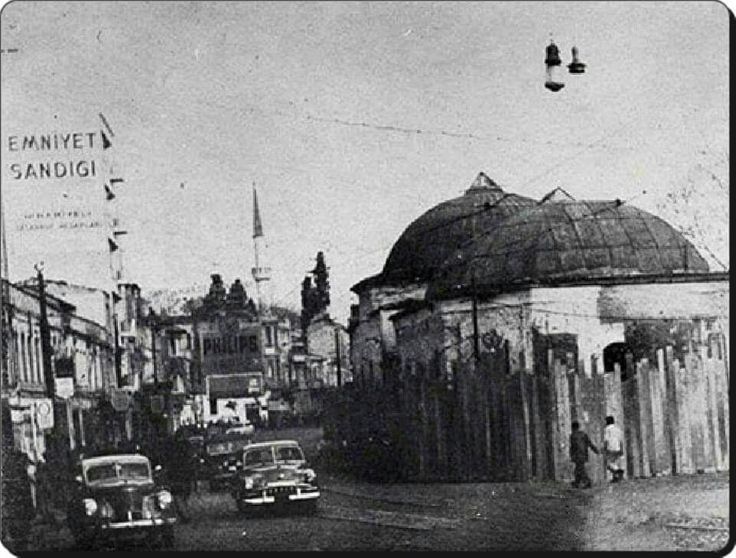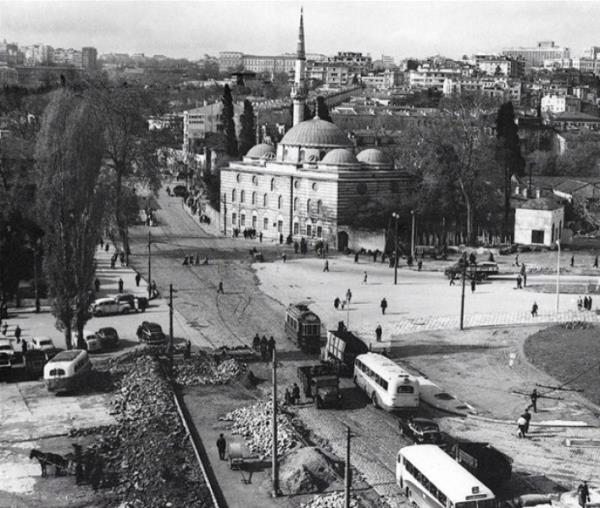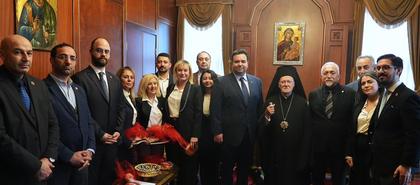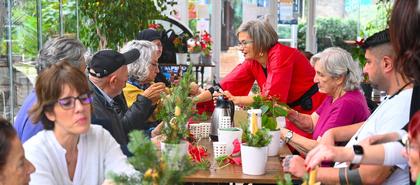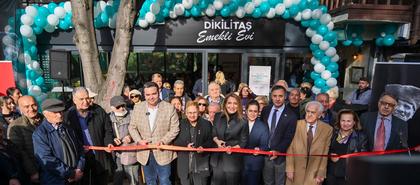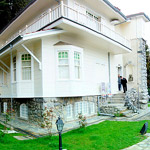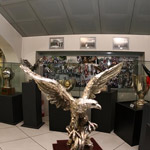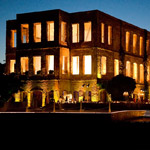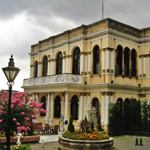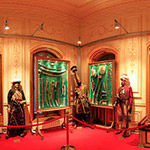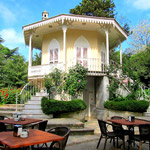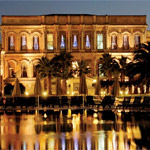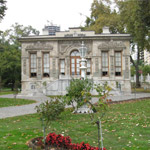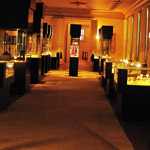History Of Besiktas
Beşiktaş is one of the oldest districts and neighborhoods of Istanbul, located on the European side of the city. It's also considered as one of the city centers, both residential and commercial especially for small businesses. At the same time, besides having a major public bus and dolmus terminal, Beşiktaş is also one of the sea hubs on the Bosphorus from which boats depart for various neighborhoods on the shores of the Asian side.
The words Beşik taş literally mean "cradle stone" and it is the name of the historic center of the municipality. According to a story, a cleric when turn back from pilgrimage brougt a cradle-shaped stone used in the baptism of Jesus and placed it in the church in today’s Beşiktaş. According to another story, Barbaros Hayrettin Pasa erected five masts used for mooring ships here. Because of it, this area was called "beş taş", meaning "five stones". And Beşiktaş is corruption of "beş taş".
The district of Beşiktaş is located on the European shore of the Bosphorus. The Bosphorus has been settled for a long time, and there are many places of historical interest in Beşiktaş. This stretch of the Bosphorus shore is somewhat sheltered from the strong northeasterly winds that bring storms to Istanbul, and thus it forms a good mooring place for ships. In Byzantine times, the area was called Diplokionion, meaning "double pillar" in Greek.
In ancient times, the villages on the Bosphorus shore were isolated communities in the forest that lined the water-side. The Bosphorus, however, was prominent in the history and mythology of the ancient Greeks, and villages like Beşiktaş would have had their place in traditional tales such as Jason and the Argonauts. In the Byzantine era, churches and a monastery were built, and the tradition of having a summer palace on the Bosphorus was begun by the Byzantines with their Ayios Mamas palace complex. The Bosphorus settlements, however, being outside the city walls, were vulnerable to raiders from the Black Sea coasts, and therefore little of this architecture or the statuary that would have decorated it so gloriously has survived.
In the Ottoman period, once the emperors had established control of the Black Sea coasts, the Ottoman navy was docked in the Bosphorus, and the Bosphorus villages became safe and attractive again. One man in particular, the legendary sailor Barbarossa, built his palace and mosque in Beşiktaş, making it his home. From then on, Beşiktaş was an established Bosphorus crossing for caravans trading across Anatolia and along the Silk Road, and of course for the great Ottoman armies. This coast was of course very attractive to the Ottoman rulers, who built hunting lodges and then great palaces in the area. Hence, the district of Beşiktaş contains some of the most important and attractive Ottoman buildings. The area was thus the scene of great intrigues of the late Ottoman period such as the dethronement of Sultan Abdülaziz at Dolmabahçe Palace in a coup in 1876, the announcement of the founding of the Ottoman parliament in 1908, and the deposing of Sultan Abdul Hamid II at Yıldız Palace in 1909.
Following the foundation of the Turkish Republic in 1923, the Ottoman ruling family was deported, and the palaces and mansions along the coast were emptied out. Some were given to new government ministries, some were used as schools and other public buildings, and others were pulled down.
Today, it is widely accepted by the residents of the municipality that the most significant resident of Beşiktaş was Zübeyde Hanım, the mother of the Turkish national hero, Mustafa Kemal Atatürk, who lived in the old quarter at the core of Beşiktaş municipality, literally right next to the headquarters of the Beşiktaş J.K.
BEŞİKTAŞ AND ATATÜRK
8 years 2 months 46 days after 16th May 1919, Friday, his departure from Beşiktaş by Bandırma ship to Blacksea, we can say coincidence to Atatürk’s coming back to İstanbul from Ankara by train and passing Haydarpaşa to Beşiktaş, Dolmabahçe Palace. Let it be so, Atatürk’s coming to Beşiktaş for the first time after the national glory and foundation of Turkish Republic must be meaningful. Beşiktaş’s docks were connected to Haydarpaşa, Derince, Yalova, Mudanya, Karadeniz and Marmara seas and that’s why Dolmabahçe Palace was the only palace for the president.
Atatürk said goodbye to Vahideddin, the last representer of the Ottoman sovereignty, in Yıldız Palace and Sinan Pasha Mosque, after the fall of the sultanate he set himself free from his pasha uniforms and medals, and instead of Ottoman symbols like fez, he came to the magnificent palace with his modern clothes. When we narrow down the matter of subject to the “Republic period” and “place of residence” -presidential residence in this matter- the Çankaya Palace in Ankara takes first place, followed by the Dolmabahçe palace in Beşiktaşİstanbul.
Between the years of 1927-1938 “Beşiktaş Saray-ı Hümayun” (Dolmabahçe Palace) in Istanbul has been equivalent to the Republican Residence in the capital of Republic Ankara.
Dolmabahçe palace used to be listed as a “National park”, later on however it was connected to the Grand National assembly and since then Atatürk used this palace as an accommodation during his visits to İstanbul. Presidential residence in Yalova, “Millet Gardens”, “Baltacı Gardens” and the “Deniz Palace” next to the Florya public beach were used as accommodations during Atatürk’s visits.
Another important matter which has been overlooked is that Atatürk took his first steps to the National war of independence from Beşiktaş, 16 May 1919. However with no mention to this matter, it is said that Atatürk started the movement from Samsun on 19 May 1919. There are plenty more examples to the connection between Atatürk and Beşiktaş. For instance during the Balkan wars (1912 - 1913) just like hundreds of Turkish families in Selanik, Atatürk with his mother Zubeyde, and his sister Makbule and family members Fikriye and Abdurrahim, Mustafa Kemal Bey family fled to Istanbul , Akaretler, No 76 : public housing of the palace. Though the family stayed here for a few months during the years of 1918-1919, their stay in Beşiktaş took over 10 years. Mustafa Kemal who served in the Ottoman army as first lieutenant colonel (kaymakam), colonel (Miralay), then brigadier general (Mirliva); stayed at his house in Akaretler during his visits to Istanbul, which brings us to the conclusion that the family from Selanik had become residents of Beşiktaş from 1912 onwards. During the National war of Independence (1919-1923) Atatürk didn’t pay visits to Istanbul, however between the years of 1927-1938 Atatürk came to Beşiktaş at least once a year and stayed for months. During his visits concerning any purpose including holidays, cultural and political work or welcoming foreign guests Atatürk had many options of places for his accommodation . He could have chosen to stay at pavilions and palaces of Sultans or even the Pera Palace which he accommodated during his years of serving as general in the army.
Sources: Wikipedia, ("Colorful Besiktas", Necdet Sakaloğlu, Besiktas Municipality)



